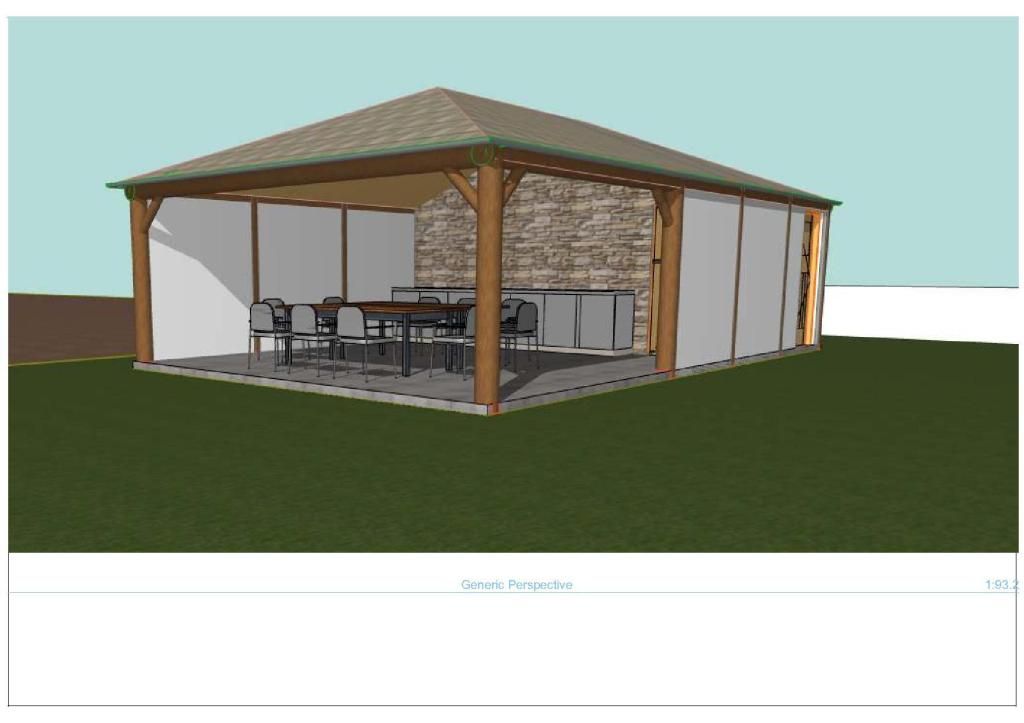Hi all
Later this year I'm going to make this summerhouse

I have a load of long thick telegraph poles that were installed in someone's garden as an assault course/climbing frame. They are very old and smell slightly of creosote albeit you cannot see it. The timber is softwood - not sure which but likely to be some sort of pine.
My wife really wants me to re use them for the summerhouse but I have some reservations. About half of the poles I took out have badly rotted end grain (which I could cut out). I know pine isn't very durable when used outside. The posts, wall plates and braces will all have their end grain cut and so will be succeptable to rotting.
Is there something I could treat the end grain with to protect it forever or is eventual rotting inevitable? I want my kids to enjoy this structure when I'm gone!!
Please give me your comments on the suitability of softwood telegraph poles for this project.
Kind regards, Andrew
Later this year I'm going to make this summerhouse

I have a load of long thick telegraph poles that were installed in someone's garden as an assault course/climbing frame. They are very old and smell slightly of creosote albeit you cannot see it. The timber is softwood - not sure which but likely to be some sort of pine.
My wife really wants me to re use them for the summerhouse but I have some reservations. About half of the poles I took out have badly rotted end grain (which I could cut out). I know pine isn't very durable when used outside. The posts, wall plates and braces will all have their end grain cut and so will be succeptable to rotting.
Is there something I could treat the end grain with to protect it forever or is eventual rotting inevitable? I want my kids to enjoy this structure when I'm gone!!
Please give me your comments on the suitability of softwood telegraph poles for this project.
Kind regards, Andrew

































